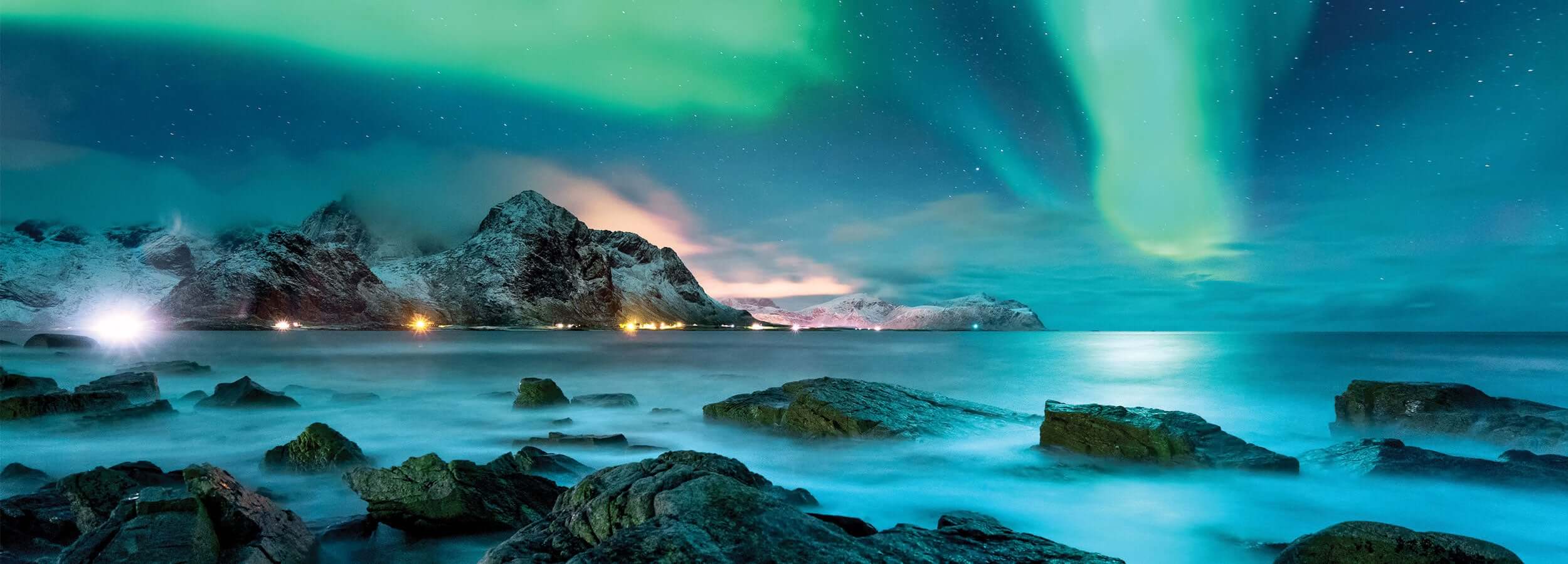Moonstone is a gemstone known for its unique appearance and significant metaphysical properties. In this post, we’ll explore how Moonstone forms, where it is found, its history, and some interesting facts about this fascinating stone.
Formation of Moonstone
Moonstone is a type of feldspar mineral. It forms from two feldspar varieties—orthoclase and albite—that create layers. These layers cause light to scatter, producing the characteristic glow of Moonstone, known as adularescence. This effect resembles moonlight, which is why the stone is named Moonstone.
Where Moonstone Is Found
Moonstone can be found in several locations around the world. Major sources include:
- Sri Lanka: Known for producing the highest quality Moonstones, often with a blue sheen.
- India: A significant source, especially for Moonstones with a more rainbow-like sheen.
- Myanmar (Burma): Known for producing high-quality Moonstones, often with a strong adularescent effect.
- Madagascar: Produces Moonstones with a wide range of colors and sheens.
-
Australia: Also known for producing Moonstones, although less commonly than other regions.

Historical Significance
Moonstone has held various meanings throughout history:
- Ancient Romans: They believed Moonstone was solidified moonlight, attributing mystical properties to its celestial connection.
- Indian Tradition: In India, Moonstone has long been regarded as a sacred stone, associated with the moon god, Chandra.
-
Victorian Era: Moonstone was a popular choice for jewelry, particularly in engagement rings and brooches.

Fun Facts About Moonstone
- Moonstone and the Moon: The stone’s connection to the moon isn’t just in its name; ancient cultures believed that Moonstone's appearance changed with the phases of the moon.
- The Lover’s Stone: In various cultures, Moonstone is considered a symbol of love and is believed to bring lovers together.
- Fertility Symbol: In some traditions, Moonstone is used as a talisman for fertility, often given to couples trying to conceive.
- Birthstone Use: Moonstone is one of the three birthstones for the month of June. The other two are Pearl and Alexandrite.
- Art Nouveau Popularity: During the Art Nouveau period, Moonstone was a favorite among jewelers, including the famous René Lalique, who used it extensively in his designs.

Contemporary Uses
Moonstone continues to be valued today, both for its aesthetic and metaphysical properties:
- Jewelry: Moonstone is commonly used in rings, necklaces, earrings, and bracelets.
- Meditation and Healing: It is often used in meditation and energy healing to promote balance and inner peace.
- Home Décor: Moonstone is used in home décor items such as figurines, candleholders, and crystal grids.
Conclusion
Moonstone is a gemstone that captivates with its unique glow and rich history. Whether you’re drawn to its calming energy, its connection to the moon, or its aesthetic appeal, Moonstone remains a cherished stone. Explore more about Moonstone at Jenson Natural Jewelry and discover how it can be a part of your life.








Leave a comment
This site is protected by hCaptcha and the hCaptcha Privacy Policy and Terms of Service apply.